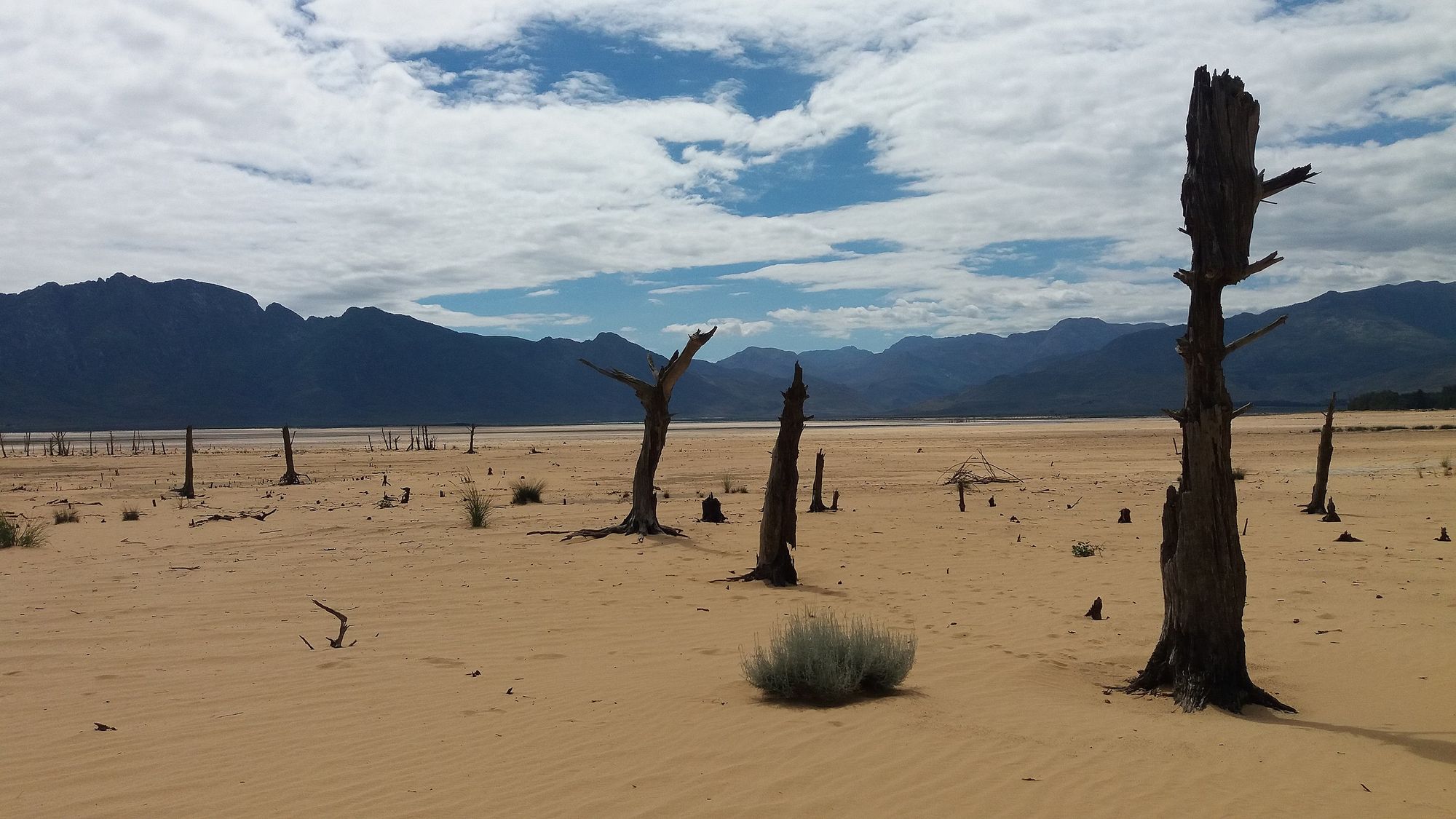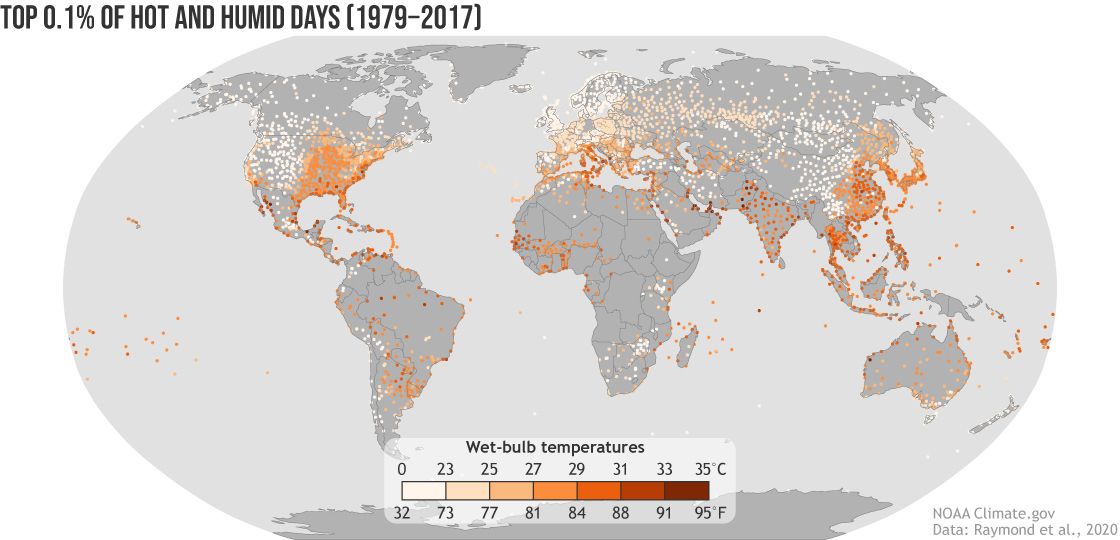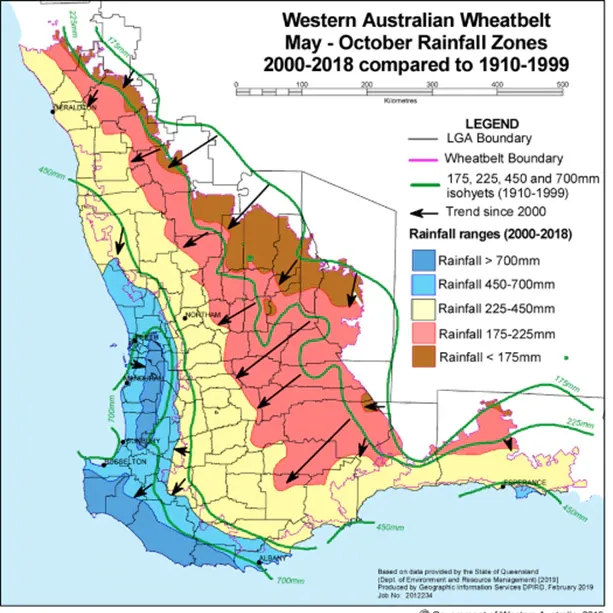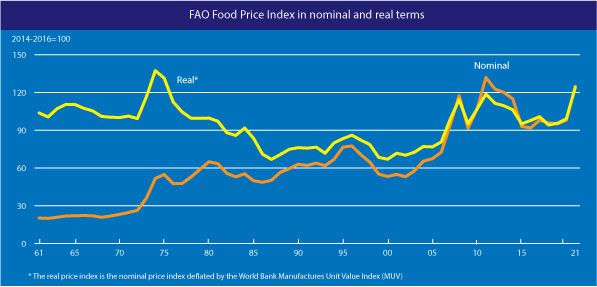Podcast Ep.5 Heads In The Clouds
Our smart phones would be pretty dumb without cloud connectivity. Just how clean and green is this 'cloud' that powers our digital lives?
The land-based effects of global heating require a coordinated international response. Unsurvivable heat, impending water and food shortages, coupled with population overshoot, mean many people will soon be on the move. How many will move? And where will they go?

Global heating is seeing temperature records broken across the globe with increasing frequency. Summertime temperatures across the hottest, most humid parts of the globe are reaching levels that are incompatible with human life. Humans rely on sweating to stay cool in hot weather. Sweating is ineffective at cooling us if the air is very humid. The upper limit survivable ‘wet bulb’ (100% humidity) temperature we can survive is about 35℃. Several hot humid locations in the Middle East, South Asia and North America are now breaching this critical temperature threshold during hot summer months. But temperatures do not have to reach these extremes to cause harm.

Excess deaths due to high temperatures are increasing and expected to increase further as global temperatures rise. Heatwaves in particular are proving deadly. This is particularly so for the vulnerable and elderly without access to air conditioning due to either power blackouts or sheer unaffordability.
Meanwhile, wildlife and livestock don’t have access to air conditioning. Terrestrial heatwaves are killing land-based wildlife just as marine heatwaves are killing corals. Fully one third of the total known speckled flying fox (bat) population of northern Queensland was killed by a heatwave, some 23,000 bats, in 2018.
Returning to the lot of human populations, it is not a question of if the world’s hottest, most humid regions should be vacated as unfit for human habitation as temperatures continue to rise but when. Burning fossil fuels or consuming precious renewable energy to air-condition cities through unsurvivable heat is grossly inefficient and only makes the city's environment even hotter. In several less wealthy or stable countries, such as Iraq, power supply insecurity due to skyrocketing air conditioning demand over long hot summers has become a chronic problem. The power insecurity is related to and feeds back into the country’s political, economic and personal security issues. And randomly exposes the vulnerable and elderly to lethal heat.
We can add the impact of changing rainfall patterns to unsurvivable heat. We can’t live without water and water security is declining. The Indian water authorities have been concerned about the risks of water insecurity to that country’s 1.4 billion people for at least a decade. This is despite high levels of rainfall from the monsoons and 13 major river basins, including the massive Ganges-Brahmaputra basin. A lack of coherent planning for water storage and distribution, over-reliance on groundwater and water pollution will put large sections of the Subcontinent’s population at risk of severe water insecurity within a decade or two.
Water security is creating tension wherever nations are expected to share a common source of water. The playbook with continental river systems seems to be: 1) If upstream - dam and extract as much hydro power and water for irrigation as possible and damn those downstream! 2) If downstream - threaten or inflict violence on those upstream to try and ensure some sort of supply.
Whether we are discussing the Murray-Darling basin in Australia, the Nile in north Africa or the headwaters of the Ganges/Brahmaputra river system that traverses China-controlled Tibet, Bangladesh and India, tension is increasing. India and China have ‘only’ escalated to killing each other in hand to hand combat so far. Meanwhile in Africa, Egypt and Ethiopia are yet to reach terms over the filling of the Grand Ethiopian Renaissance Dam. Escalation of that conflict to all out war is an ongoing concern.
Declining access to water for irrigation or from seasonal rainfall is rendering agricultural land across the globe permanently unproductive. Close to home, in the south west of Australia, rainfall isobars are on the move. Like-for-like winter-spring rains have contracted towards the south west tip of the continent some 200 km over the last two decades. Farmlands close to the southwest coast that used to receive too much winter rainfall to grow grain are now recording bumper wheat crops. Further east and north and closer to the desert interior of the continent the opposite is true. Previously productive farms are becoming marginal and will soon be abandoned for cropping as soil moisture levels decline.
Similarly in North America, declining rainfall in the west has seen California experience near continuous drought for nearly 2 decades. A drought emergency declaration was extended across the entire state just a few weeks ago.

We can add to the issue of soil moisture the abuse and degradation of soil quality itself by industrial farming. Across the planet, available agricultural land is becoming less productive, with fully one third assessed as severely degraded. Fertile soil is being lost at the rate of 24 billion tonnes a year. Unchecked, poor farming practices, coupled with climate change and urbanisation could see global crop harvests collapse within 60 years.
Agricultural productivity is being impacted by increasing energy and fertiliser costs in addition to less secure water and land degradation. Our human population overshoot, coupled with this declining agricultural productivity is reflected in the world food prices. Food prices have nearly doubled in real terms over the last two decades.

With no meaningful steps being undertaken to change from business as usual, we can expect food prices to continue to rise over the next couple of decades. The rising prices will mean declining food security for poorer populations unable to pay for higher priced food. Massive changes are needed in what foods are grown (hint - less meat), how they are grown (sustainably), and critically, how food is distributed (according to need).
The extreme case of food insecurity is famine. A feature of most well documented famines of the last century or two is that, to a significant extent, they are ‘man-made’. That is, political factors interfering with food production or the timely importation or distribution of food to an affected population have been at least as important as Mother Nature. History repeats; whether one looks at the Irish famine of the 1800s (insufficient importation & curbing of exports), the famines in India at the turn of the 20th century (inadequate distribution to the poor), the Soviet famine of the early 1930s (collectivisation) or the Great Chinese Famine - the deadliest of them all (collectivisation again!). In all cases: timely, effective, political action could have saved millions of lives.
This begs the question: are we likely to see effective action as unsurvivable heat arrives and water or food security declines over the coming decades?
Our response to COVID is perhaps telling. In the face of this global threat to human life, have countries effectively coordinated the timely distribution of vaccines to all who need them? Unfortunately not. Our vaccine nationalism may be making matters worse by increasing the likelihood that new variants, such as Omicron, evolve and circulate widely. The realisation that we are heading towards a very near future where there is simply not enough water or food to go round is likely to see a similar trend to that seen with COVID vaccines. Water nationalism is already here and food nationalism may soon follow.
High food prices and food or water insecurity are known drivers of migration. The next two decades are likely to see large movements of people arising from either food and/or water insecurity. These might be due to direct effects, such as prolonged droughts, or displacement due to open conflict over precious food and water resources.
So where will people want to go? In the global north, there is a hard limit consisting of the Arctic Ocean. This ocean will be edged by soggy swamps, pock marked by large and dangerous methane explosion craters, as the permafrost continues to melt. On the plus side, longer growing seasons could benefit the most northern food growing belts spanning North America and the vast Eurasian plains. Europe and central Asia may well see increasing migration from Africa, Asia Minor and South Asia.

Many people will likely head south. The odd billionaire - Larry Page and Peter Thiel for example - and quite a few non-billionaires have already decided on New Zealand. A lot of Australians have worked out that the Huon Valley in Tasmania is also a good choice, despite the protests to the contrary of First Dog on the Moon, who already lives there. The line of thinking seems to be: go somewhere that grows a lot of food, seems politically stable and the further south the better. Another option, based on this line of thinking, would be Patagonia, given it is a few short hops from there to Antarctica.
But how will Russia, other northern European states, Canada, Argentina, Australia or New Zealand respond when large, hungry migrations start arriving on their doorstep?
There is already a trend to authoritarianism in many formerly liberal democracies. This trend has been nurtured by increasing inequality as the middle classes have been filleting out of most countries in the global north. Dog whistles or overt calls to racism are accelerating societal polarisation and consolidating authoritarian power.
The appearance of a large out-group as either refugees or economic migrants at the global north’s doorsteps is a significant societal stressor. This will likely increase social polarisation and ethno-nationalism. As the problems of providing food and water security continue to mount, so will the tensions within and between nations.
Unfortunately, a peaceful and constructive, rather than wasteful and destructive, process to resolve such tensions would run counter to the general rub of history. Time will tell.
In the meantime, if you are thinking of heading south to New Zealand, there are some intriguing cultural mores one must adjust to. One illustrative example is linked below...

Subscribe to thisnannuplife.net FOR FREE to join the conversation.
Already a member? Just enter your email below to get your log in link.